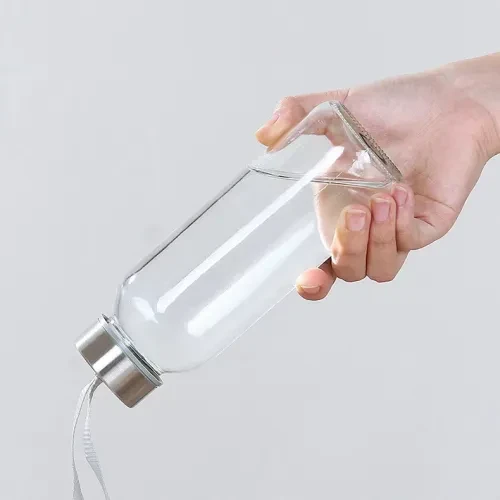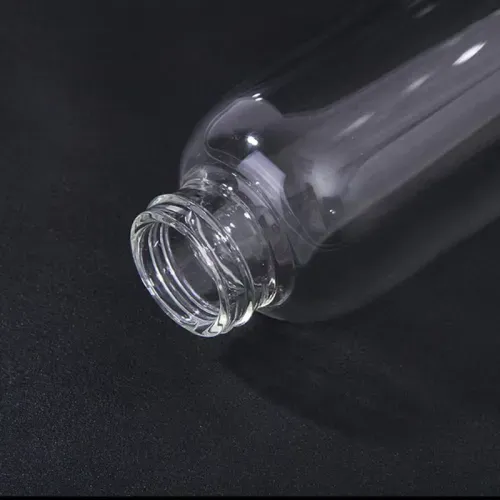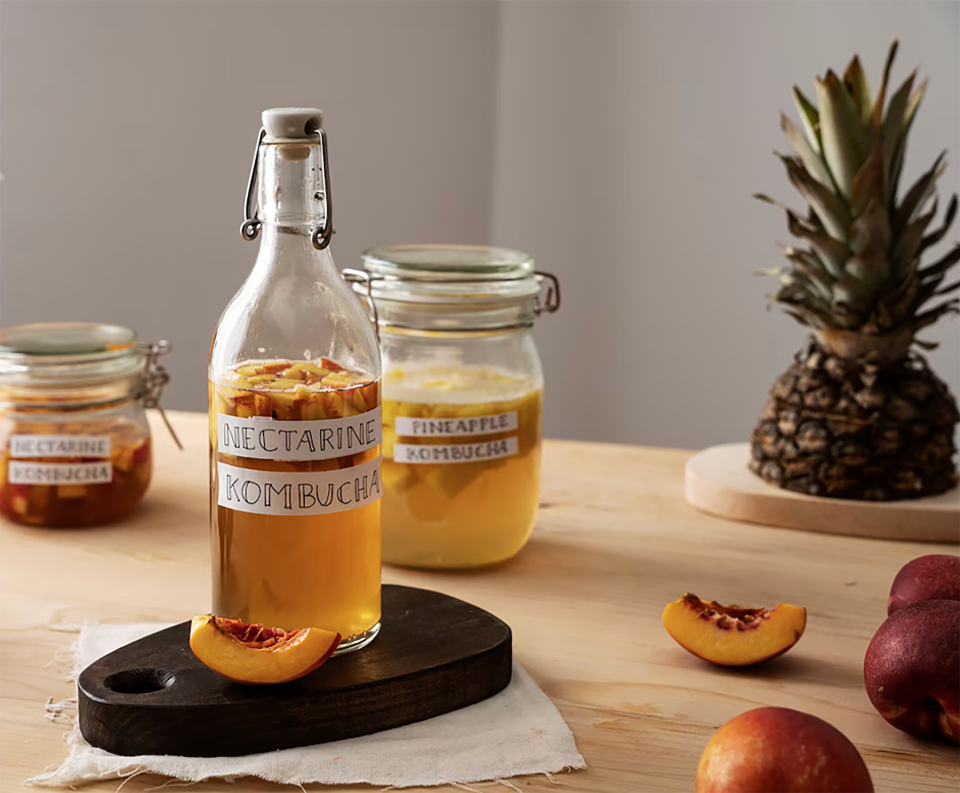Glass containers also allow for creativity in meal planning. Invest in a variety of container sizes, from large ones for bulk meals to smaller ones for sides or snacks. This versatility will enable you to create balanced meals that include proteins, carbohydrates, and healthy fats. For example, you could prepare grilled chicken, quinoa, and steamed vegetables in a large container for a satisfying lunch. Additionally, smaller containers can hold nuts, fruits, or yogurt for healthy snacks throughout the week.
 Home
Home










